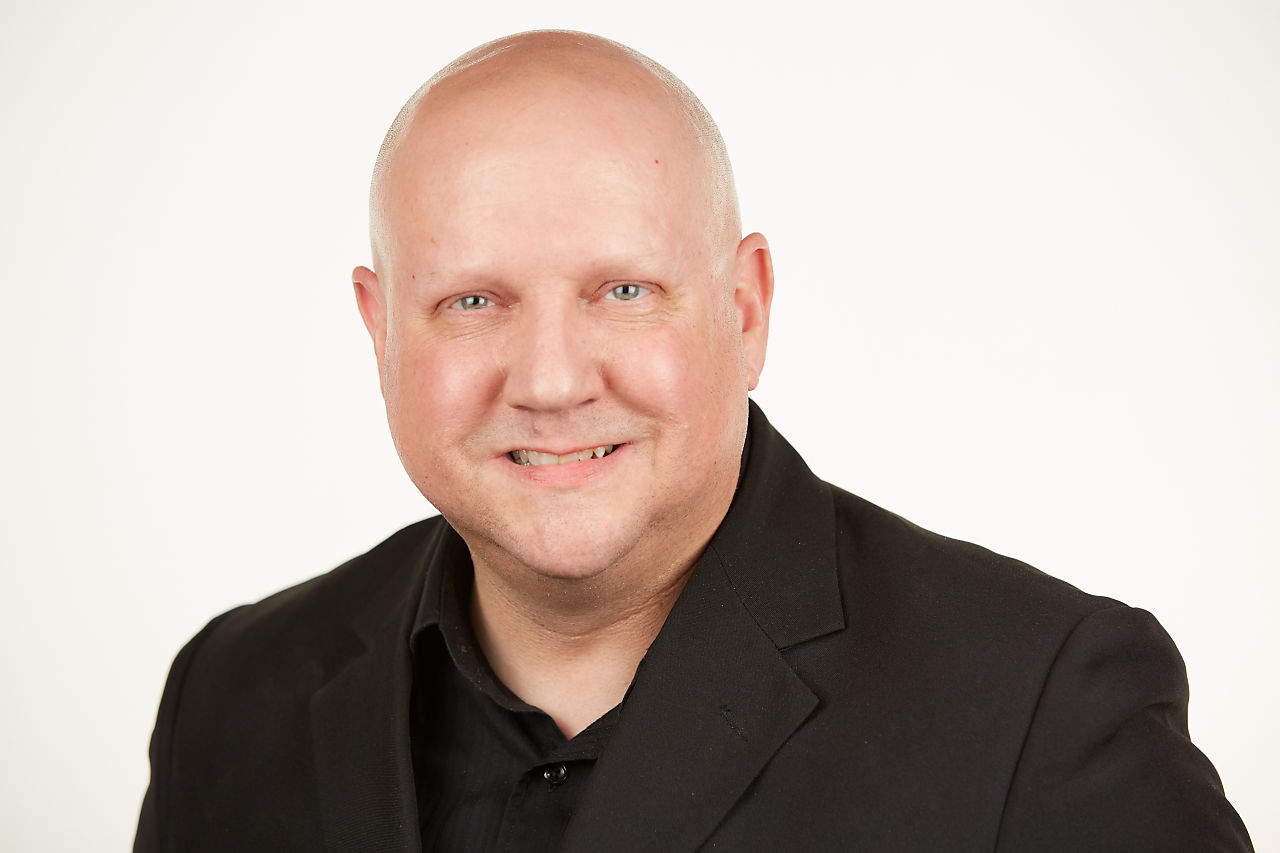
I’ve been sharing posts lately about the word burnout. We’re up to the letter R, which stands for rhythm.
Our lives are about harmony and rhythm and actions and things that we do. When you’re burned out, you’re out of rhythm. We’re not in sync with how you operate through our lives. We learn traits; we build up habits, routines, and a variety of different things. What happens when you’re out of rhythm, those things become more problematic or in many cases you skip them. One of the things that I see often in people that are burned out is they skip the things that they enjoy doing because they don’t have time.
Yes, you do.
You’ve got 24 hours a day, seven days a week, 365 days a year plus. If it’s a leap year. You get a bonus day. Don’t work that day. Pro-tip take that is a vacation day. Use that day as a day of reflection. Enjoy yourself. Do whatever you want.
Don’t work on February 29th. Put in their vacation time. Now if you haven’t already.
When you’re not in rhythm, everything becomes harder, even to the point of getting out of bed or going to the gym or meeting up with people that you normally meet or being prepared for meetings.
Being prepared for dinner, being prepared to help your kids with homework, being prepared for anything when you’re out of rhythm, it’s as if you’re not quite on the same road that you should be on your own. You’re driving on the shoulder and everything’s coming up. You’re running over things. You’re hearing clunks in your car. Everything is a mess. And it’s because you’re not taking care of yourself.
If you’re not in alignment, again, your body is going to be trying to compensate for the problems that you’re dealing with. When that happens, you’ll have a situation where the energy that you need to repair the damage that we do to our bodies on a daily basis won’t be there, because it’s too busy addressing your out of rhythm situation.
The key is to get back into rhythm. The key is to get back to your true self or your true north. And to do that, you need to get to come to grips with the fact that there’s something wrong. You’re out of alignment. There’s something going on that has led you to this burned out state. It doesn’t cure itself. Even taking a couple weeks vacation to get away from everything, you should want a life that you don’t have to take a vacation to get away from your life.
When you get back from vacation, guess what? You have two weeks of work that you didn’t get to do, on top of your normal workload. That’s why you hear people grumbling all the time about going back to work. It’s because their workloads are not manageable. And that’s a systemic problem across businesses all over the globe. We’re being asked to do too much and oftentimes we don’t have enough resources to do it. That’s the reality of things. The key is to find alignment with what you can do and specialize in the things that only you can do. And that’s a hard conversation with your employers. That’s a hard conversation with your family, your friends, your partners, your kids, everybody.
The key is you can only do so much. You’re not going to be able to get everything done. That’s a spoiler alert. We won’t. There’s no shortage of work, which is a good thing, which means there’s things for us to do. The key is to be able to get in alignment and get into a rhythm of being able to do the things that we need to do.
Next in the BURNOUT acronym series will be the letter N.

